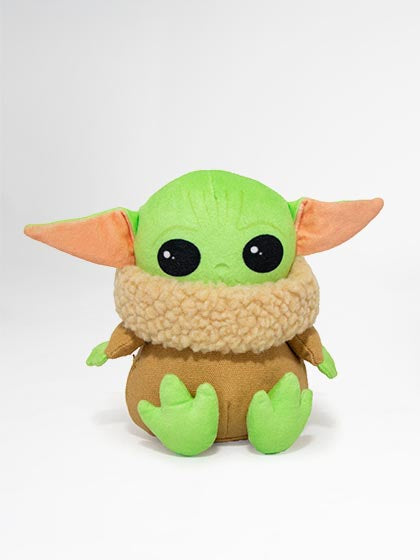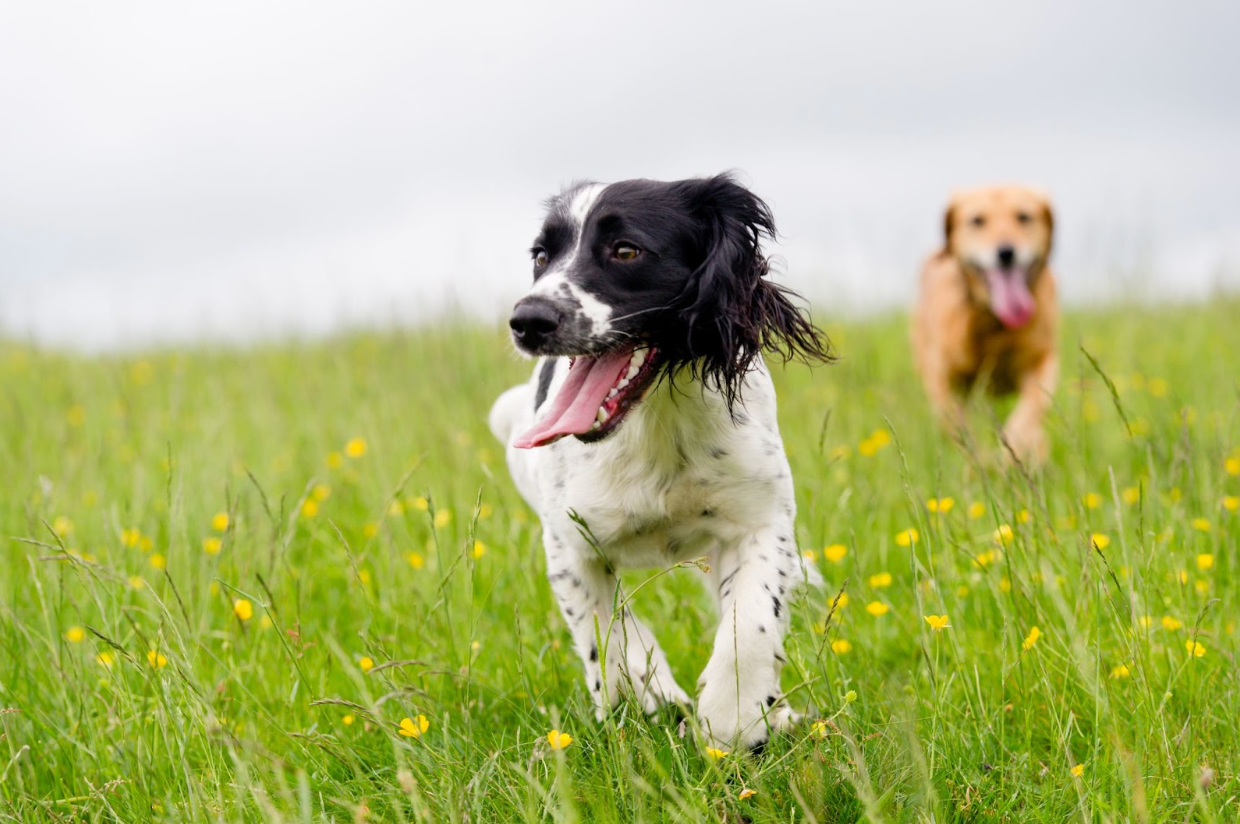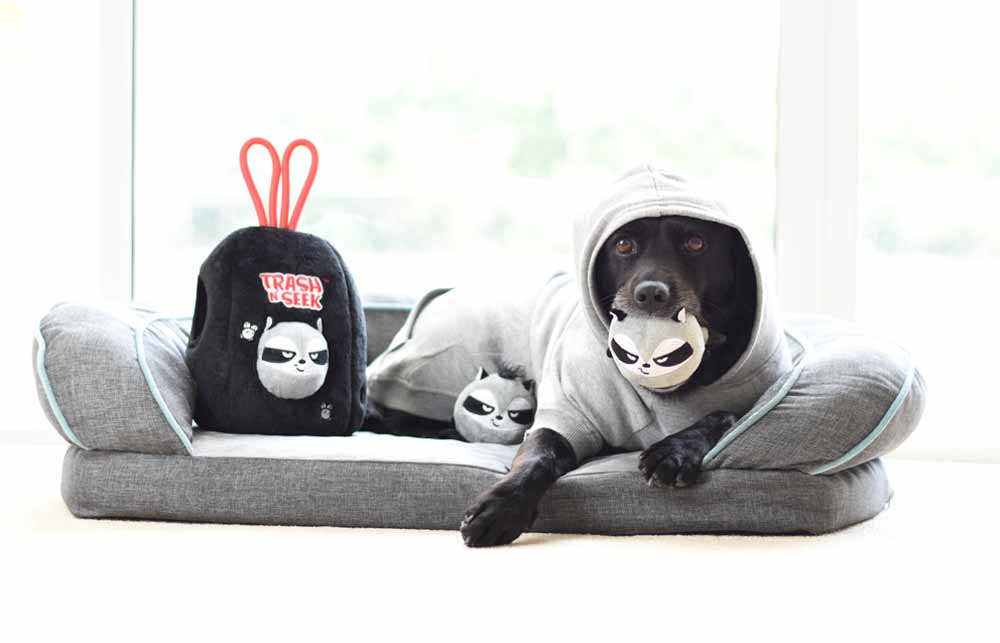Why Do Puppies Chew On Everything?
The answer is actually pretty simple; they chew for fun, to explore and investigate new things, and most notably, they chew to relieve the discomfort of teething.

Puppy Teething Symptoms
Increased chewing and visibly missing puppy teeth are usually the first and most obvious signs that your puppy is teething. Other common puppy teething symptoms include hesitancy to eat (or eating slowly), drooling, red and/or swollen gums, whining, and a low fever.
You may also notice a small amount of blood on your pup’s toys during the teething phase.
Puppy Teething Timeline
Puppies go through two teething phases in their first year of life. The first occurs when they are newborns at around 3-4 weeks of age, this is when they develop their puppy teeth or “milk teeth”.
The second phase begins at around 4-5 months and is when their puppy teeth fall out and adult teeth start to grow in (42 of them to be exact). Although every puppy is different, this process usually takes around 3 months (check out this handy infographic from Greencross Vets for more detail).
Once teething is complete, some dogs will continue to be avid chewers, either for fun, out of boredom or for another reason entirely, so it’s important to teach your puppy appropriate chewing behavior early on and provide plenty of safe chewing options and outlets to satisfy this urge.
How You Can Help
Puppy teething can be frustrating and uncomfortable (for you and your pup!), but there are some things you can do to help:
- Start by puppy-proofing your home to remove unsafe and inappropriate items from puppy’s reach.
- Always supervise your pup when they are chewing and confine them to a safe space when you can’t have eyes on them.
- Provide plenty of safe chewing options and outlets for your pup, including rubber teething rings, puppy chew toys and dental sticks.
- Discourage inappropriate chewing using a deterrent spray (like bitter apple spray) or move inappropriate items completely out of reach.
- Provide your puppy with frozen treats and chew toys to help soothe the gums, and ease swelling.
Read this also:
How Can I Give Proper Puppy Teething Help?






